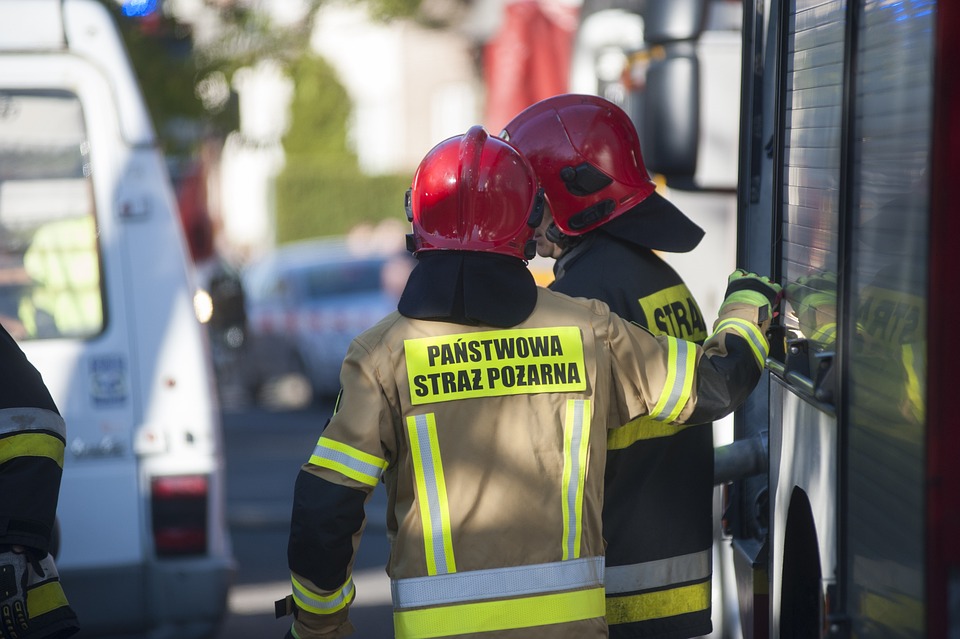Brigade Operations in Urban Environments
The Challenge of Urban Warfare
Urban warfare presents a unique set of challenges for military forces, requiring a different set of tactics and strategies compared to traditional open-field combat. When an army brigade is tasked with operating in an urban environment, it must adapt its approach to navigate the dense infrastructure, narrow streets, and civilian populations that characterize urban areas.
The Importance of Brigade Operations in Urban Environments
Brigade operations in urban environments are crucial for several reasons. First and foremost, urban areas are often hubs of insurgent activity and terrorist threats, making them important targets for military operations. Additionally, urban centers are home to critical infrastructure and civilian populations that must be protected during military operations. As such, brigade operations in urban environments play a critical role in maintaining security and stability in volatile regions.
Challenges Faced by Brigade Operations in Urban Environments
Brigade operations in urban environments face numerous challenges that must be carefully navigated to ensure mission success and minimize civilian casualties. Some of the key challenges include:
1. Limited Maneuverability: Urban environments are characterized by narrow streets, alleys, and buildings that limit the mobility of military vehicles and troops. This can make it difficult to outflank the enemy and execute maneuvers effectively.
2. Civilian Population: Urban environments are populated areas, making it essential for military forces to distinguish between combatants and non-combatants to minimize civilian casualties and collateral damage.
3. Close-Quarter Combat: Urban warfare often involves close-quarter combat, with troops engaging in combat at short distances. This requires specialized training and tactics to effectively engage the enemy while minimizing friendly fire incidents.
4. Complex Terrain: Urban environments are typically complex and multi-layered, with buildings, underground tunnels, and elevated positions that offer cover and concealment to the enemy. Military forces must carefully navigate this terrain to locate and neutralize enemy threats.
Tactics and Strategies for Brigade Operations in Urban Environments
To effectively conduct operations in urban environments, brigade commanders must employ a range of tactics and strategies tailored to the unique challenges of urban warfare. Some key tactics include:
1. Clearing Operations: Brigade forces must conduct systematic clearing operations to sweep through urban areas and locate and neutralize enemy threats. This involves clearing buildings, tunnels, and other structures to eliminate enemy positions.
2. Urban Patrolling: Brigade forces must conduct regular patrols throughout urban areas to gather intelligence, deter enemy activity, and maintain a visible presence. These patrols help to establish control and security in contested areas.
3. Coordination with Civilian Authorities: Brigade commanders must work closely with local civilian authorities to coordinate operations, gather intelligence, and minimize civilian casualties. This requires building relationships with local leaders and communities to gain their trust and cooperation.
4. Use of Technology: Brigade forces can leverage technology such as drones, surveillance cameras, and communication systems to gather intelligence, track enemy movements, and coordinate operations effectively. This technology can provide critical situational awareness and enhance operational efficiency.
The Role of Urban Operations Training
Effective brigade operations in urban environments require specialized training to equip troops with the skills and knowledge needed to navigate the unique challenges of urban warfare. Urban operations training focuses on tactics, techniques, and procedures tailored to the complexities of urban environments, including:
1. Close-quarter combat techniques
2. Urban navigation and movement
3. Building clearing and room-to-room combat
4. Establishing control points and checkpoints
5. Engaging with civilian populations
By investing in urban operations training, brigade commanders can ensure that their forces are well-prepared to operate effectively in urban environments and achieve mission success while minimizing civilian casualties.
Conclusion
Brigade operations in urban environments present a complex and challenging environment for military forces, requiring specialized tactics, training, and strategies to navigate effectively. By understanding the unique challenges of urban warfare and implementing tailored approaches, brigade commanders can ensure the success of operations in urban areas while maintaining security and stability. Through careful planning, coordination, and training, brigade forces can achieve their objectives in urban environments and contribute to the overall mission success.


